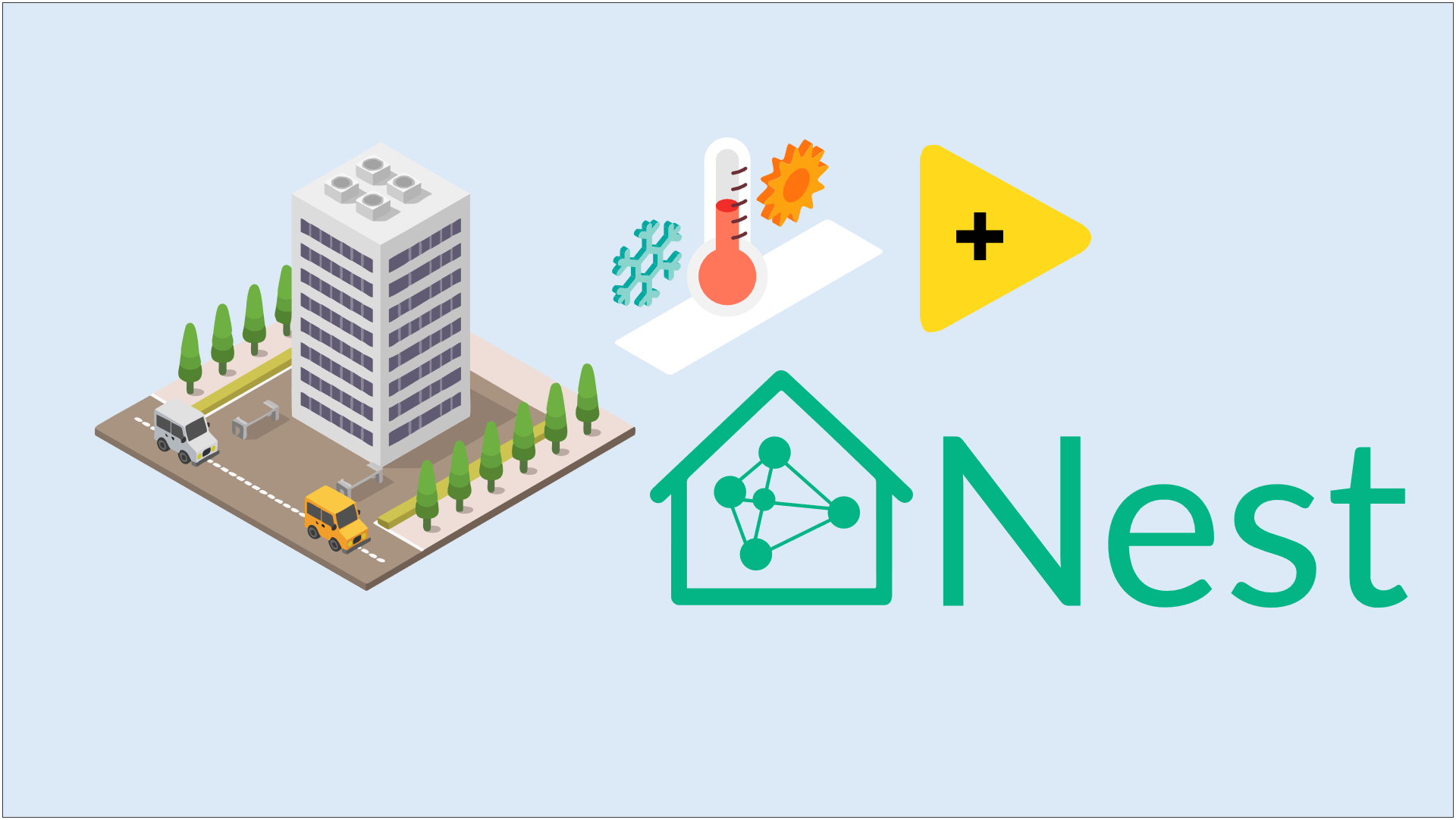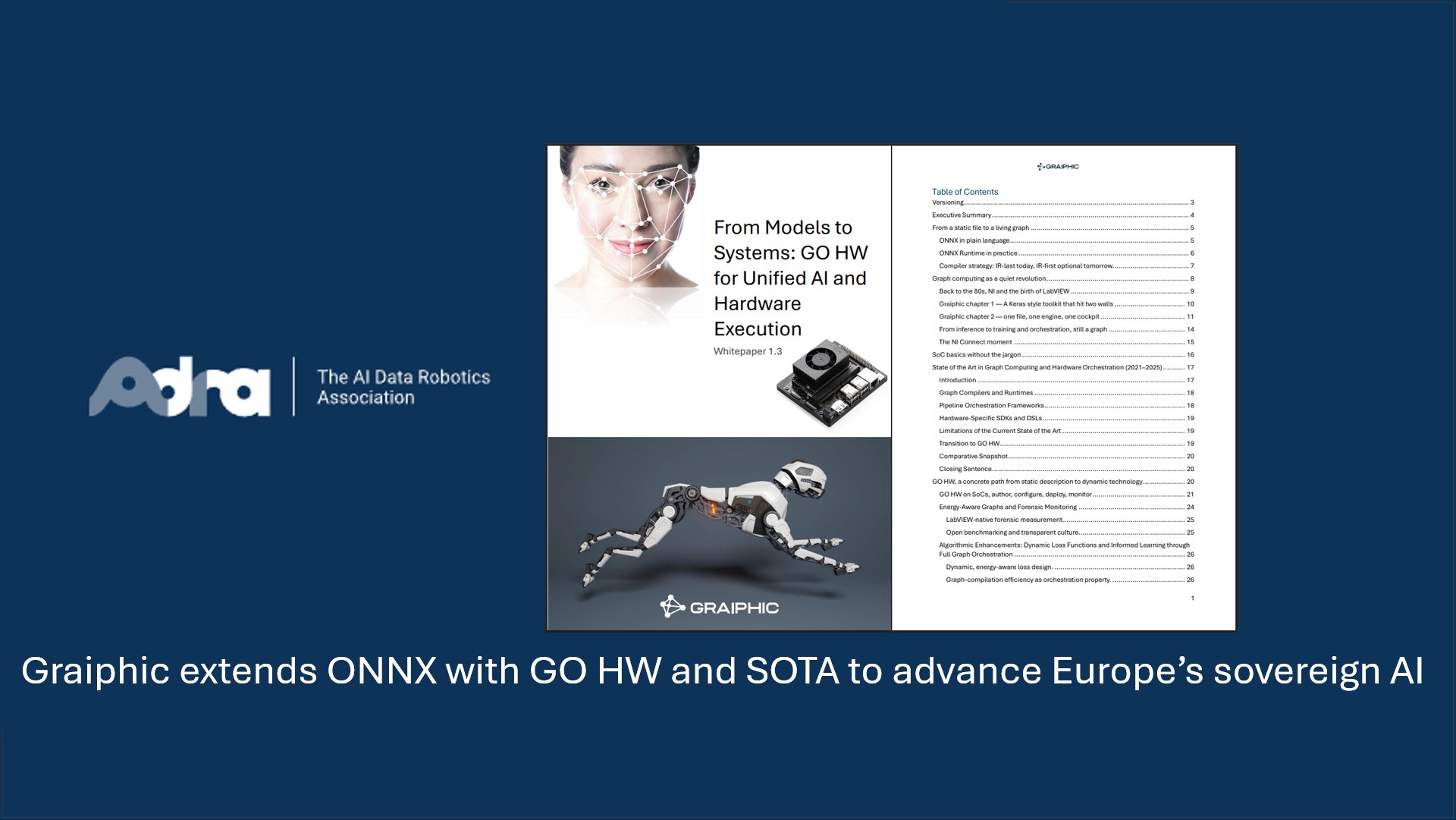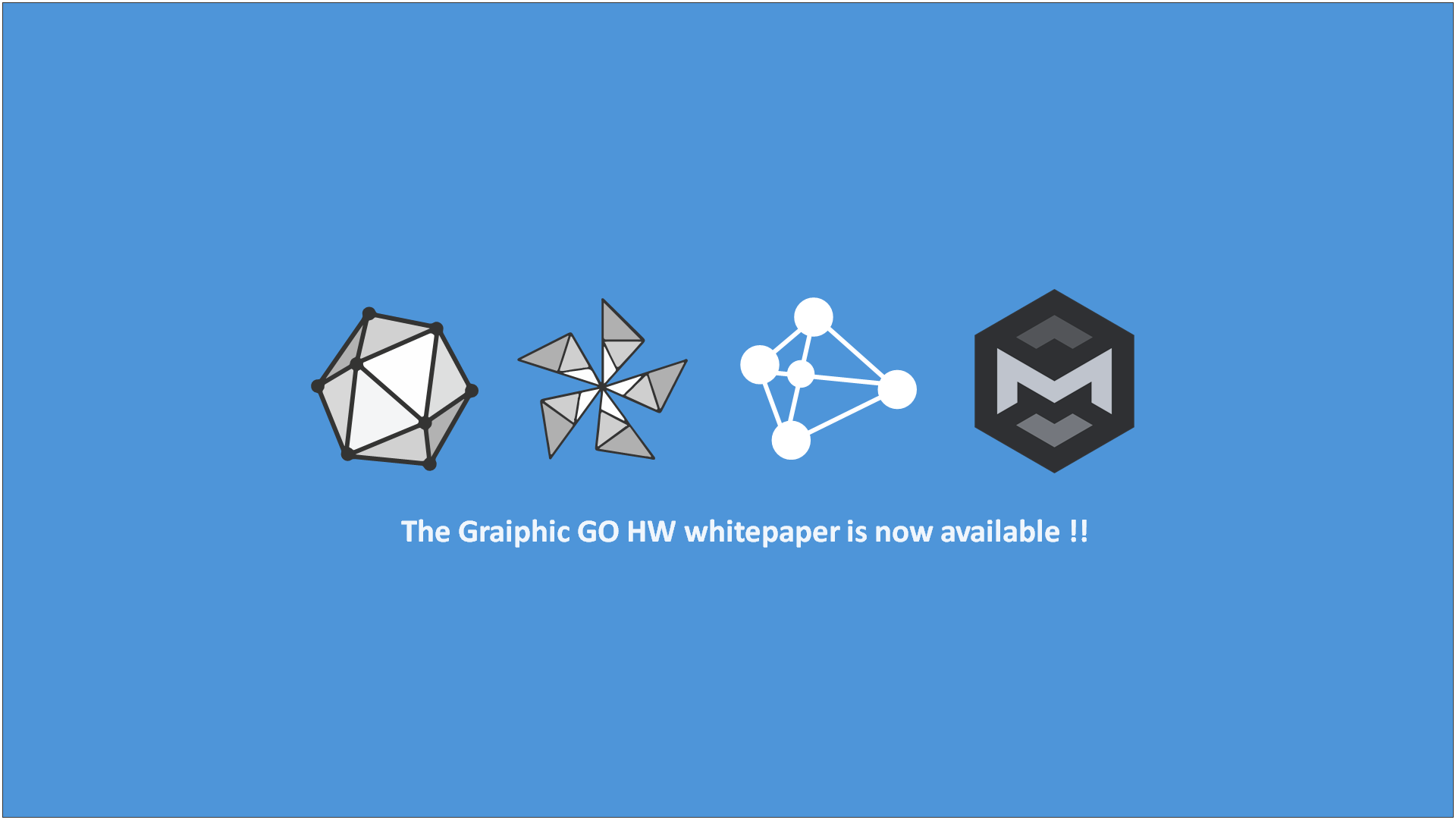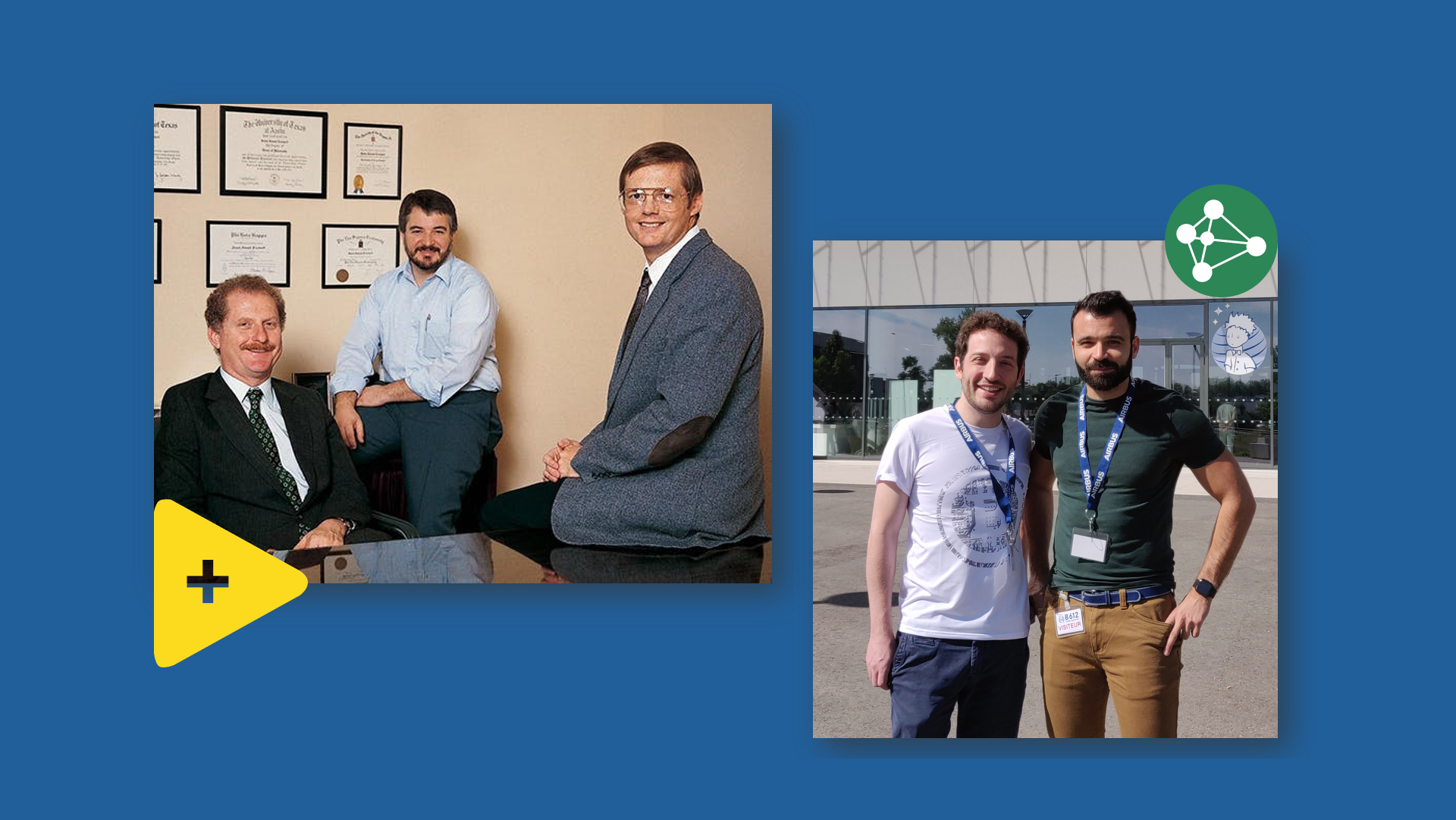Interoperability in artificial intelligence (AI) is essential for ensuring that models, algorithms, and infrastructure work smoothly across multiple platforms. This ability to transfer projects from one environment to another—be it PyTorch, TensorFlow, Keras, LabVIEW, or beyond—enables teams to maintain flexibility and efficiency in a fast-evolving field. Below are some key points that highlight why interoperability is so crucial:
Freedom from Single-Framework Lock-In
Each AI framework has its own strengths, ranging from specialized libraries to large user communities. Interoperability prevents organizations from being locked into a single solution, allowing them to move seamlessly among different platforms and choose the most suitable tool for each task.
Streamlined Team Collaboration
Large-scale AI projects often involve diverse groups of people—researchers, data engineers, software developers—sometimes working across different locations. By enabling smooth data and model exchange among various tools, interoperability accelerates collaboration and knowledge sharing.
Faster Development and Lower Costs
Starting from scratch to convert an existing model to a new framework can be time-consuming. Interoperable standards let you build once and reuse widely, reducing time-to-market and cutting overhead expenses associated with reengineering or rewriting code.
Future-Proof Solutions
AI technologies evolve rapidly. Interoperable infrastructures built on well-adopted standards help ensure that projects remain relevant, maintainable, and expandable as new frameworks and methodologies emerge.
Accelerating Innovation
Experimentation is at the heart of AI progress. By leveraging multiple frameworks in parallel, organizations can test and adopt cutting-edge techniques more quickly. This fosters a culture of innovation and continuous improvement, making it easier to integrate new research findings into production systems.
A Practical Example: FIG in the SOTA Suite by Graiphic
A clear demonstration of AI interoperability can be seen in the SOTA suite from Graiphic, specifically through its tool called FIG (File Importator and Generator). FIG enables teams to easily import a PyTorch model into LabVIEW. It offers several layers of detail—simple, advanced, and expert—so you can quickly understand the structure of your neural network, including input-output dimensions and the number of layers. FIG also integrates smoothly with Netron for fast graphical visualization, helping you see the model’s topological layout at a glance. Once inspected, FIG automatically generates the necessary files to run the model directly in LabVIEW without sacrificing performance or reliability.
At the end of the process, a video highlights exactly how FIG converts a PyTorch model into LabVIEW, underscoring the importance and effectiveness of this interoperability approach.









